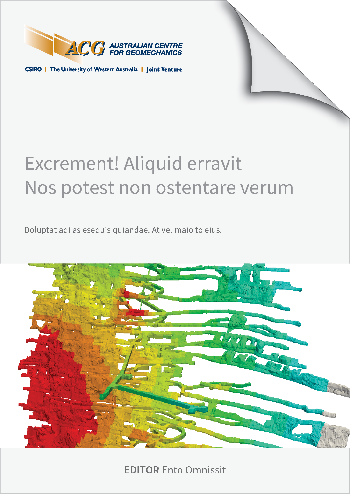Lessons learned from remote LHD mucking and panel reliability program integration of the Grasberg block cave mine

|
Authors: Sandi, DA; Sihotang, AS |
DOI https://doi.org/10.36487/ACG_repo/2435_E-06
Cite As:
Sandi, DA & Sihotang, AS 2024, 'Lessons learned from remote LHD mucking and panel reliability program integration of the Grasberg block cave mine', in Daniel Johansson & Håkan Schunnesson (eds), MassMin 2024: Proceedings of the International Conference & Exhibition on Mass Mining, Luleå University of Technology, Luleå, pp. 758-766, https://doi.org/10.36487/ACG_repo/2435_E-06
Abstract:
Grasberg Block Cave Mine (GBC) commenced its production phase at the end of 2018. By the fourth quarter of 2023, GBC produced average of 133K dry metric tonnes per day (dmtpd), accommodating 10% of total active draw points categorized as wet draw points. Historical data indicates an increasing number of wet draw points, with a wider distribution over time. To mitigate risks associated with these wet draw points, the implementation of remote Load-Haul-Dump (LHD) technology has been extensively applied with several key success. This paper presents lessons learned from the strategy on how the wet draw points in GBC are mucked using remote LHD integrated with the panel reliability program. Based on the number and locations of wet draw points, GBC panels are classified into three categories: manual LHD dedicated panels, remote LHD dedicated panels, and alternating panels, which refer to wet panels that are mucked using a combination of both remote and manual LHD according to a predetermined shifting schedule. To optimize the sustainability of ore reserve extraction, panel reliability program is implemented, that consists of panel maintenance to ensure the good condition of panel infrastructures & draw point availability, geotechnical monitoring that plays a crucial role in managing GBC's ground stability and panel refinement as curative action to repair and improve the performance of the panels. A schedule of wet panel production integrated with the panel reliability program is created as guidance for entire GBC production parties to achieve the production target safely and sustainably.
© Copyright 2025, Australian Centre for Geomechanics (ACG), The University of Western Australia. All rights reserved.
View copyright/legal information
Please direct any queries or error reports to repository-acg@uwa.edu.au
View copyright/legal information
Please direct any queries or error reports to repository-acg@uwa.edu.au